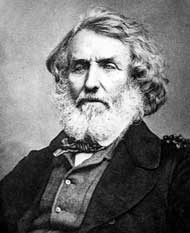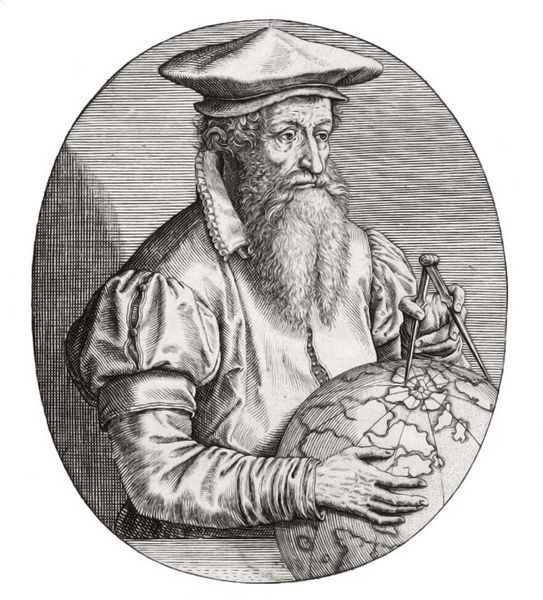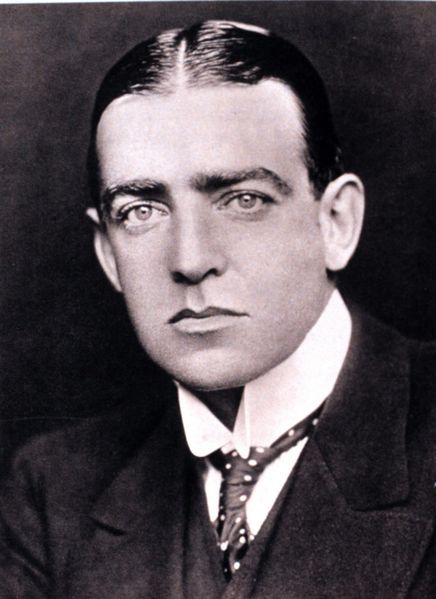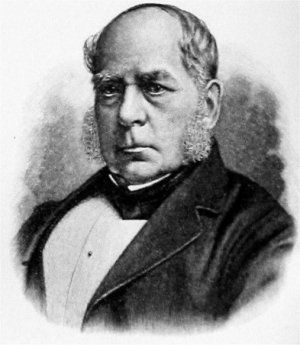Biographies

Sir George Everest. Wikimedia Commons (Public Domain)

Gerardus Mercator. Wikimedia Commons (Public Domain)

Sir Ernest Henry Shackleton. Wikimedia Commons (Public Domain)

Sir Henry Bessemer. Wikimedia Commons (Public Domain)
The biographies included in this category range from giants in the area of earth and the environment to lesser known, but equally important, scientists, scholars and inventors. We have content about the world’s most famous oceanographer, Jacques Cousteau, who was credited with inventing scuba gear, wrote books, and released movies. Other biographies include Vilhelm Frimann Koran Bjerknes, the Norw ... Read more
egian physicist and pioneer of modern meteorology. Beyond innovations in predicting the weather, his research also was important in the development of wireless telegraphy. Each biography includes links to more information, images, and additional writings.



